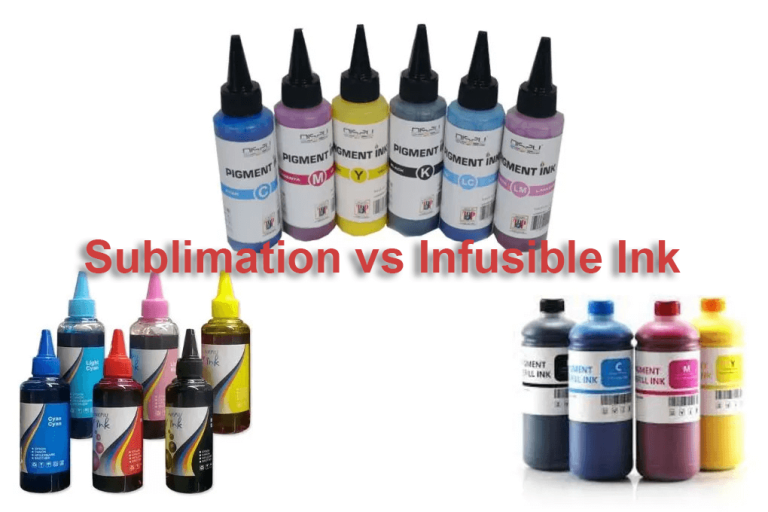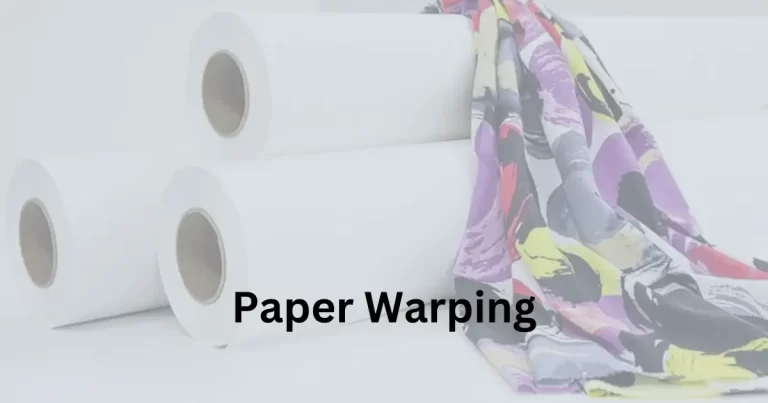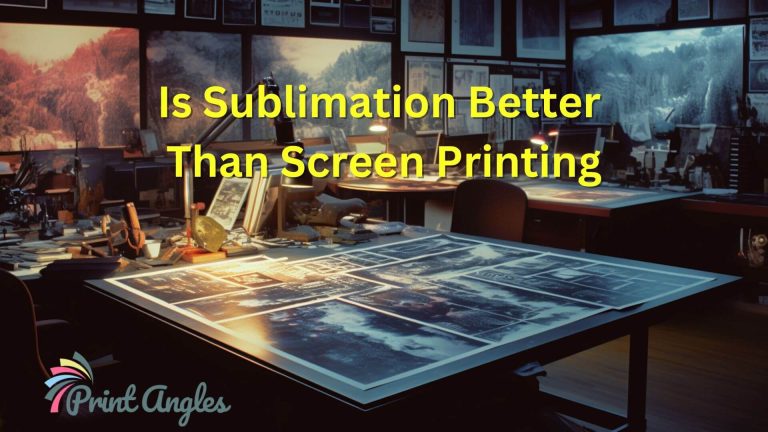Solving Mystery of Uneven Heat Pressure in Sublimation Printing
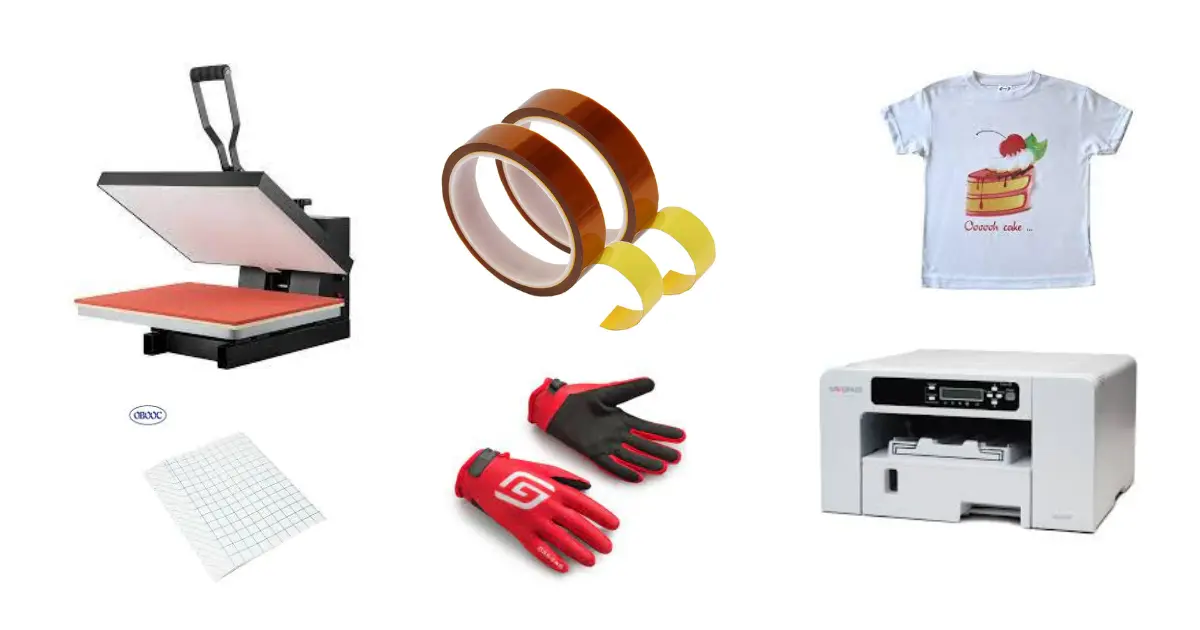
Sublimation printing is a popular method used in various industries, such as textiles, promotional products, and personalized gifts. It involves transferring high-quality and vibrant designs onto different materials, resulting in durable and long-lasting prints. This printing technique has gained prominence due to its ability to produce intricate details, vivid colors, and designs that do not fade or wash out easily.
However, a persistent challenge faced by sublimation printers is the issue of uneven heat pressure. Uneven heat pressure occurs when the heat press machine fails to apply consistent pressure across the entire surface of the substrate during the sublimation process. This can result in uneven or incomplete transfer of the ink, leading to subpar print quality, color inconsistencies, and even wasted substrates.
Resolving the mystery of uneven heat pressure is crucial for achieving high-quality and consistent sublimation prints. Consistent heat pressure ensures that the sublimation ink is evenly distributed and fully activated, resulting in vibrant and crisp prints that accurately replicate the original design. By addressing this issue, sublimation printers can enhance the overall print quality, minimize waste, and increase customer satisfaction. It also saves time and resources by eliminating the need for reprints or troubleshooting efforts.
Table of Contents
Understanding the Causes of Uneven Heat Pressure
To understand the causes of uneven heat pressure in sublimation printing, it is important to familiarize ourselves with the heat press machine and its components. A heat press consists of a heat platen, which is the heated plate that applies pressure and heat to the substrate, and a base or lower platen that provides support. The pressure is typically regulated by an adjustable pressure knob or a digital pressure gauge, while the temperature is controlled through a thermostat or digital heat control system. Here are some potential causes of uneven heat pressure, such as:
Uneven distribution of heat platen
Uneven heat platen distribution can occur due to various reasons, such as improper alignment, worn-out or damaged components, or manufacturing defects. This can result in certain areas of the heat platen applying more pressure than others, leading to uneven heat pressure on the substrate.
Improperly calibrated pressure settings
Inaccurate pressure settings can also contribute to uneven heat pressure during sublimation printing. If the pressure is set too high or too low, it can result in inconsistent pressure distribution across the heat platen, leading to uneven heat transfer and prints.
Insufficient insulation or heat conductivity issues
Inadequate insulation or sublimation temperature conductivity issues within the heat press machine can also cause uneven heat pressure. Heat loss or uneven heat distribution within the machine can affect the overall performance and consistency of heat transfer, resulting in uneven pressure on the substrate.
Troubleshooting and Resolving Uneven Heat Pressure
Checking and adjusting the sublimation heat press setting, level and alignment
One of the first steps in troubleshooting uneven heat pressure is to ensure that the heat press machine is level and properly aligned. Use a spirit level or similar tool to check the levelness of the machine’s base or lower platen. If the machine is not level, adjust the feet or leveling screws to achieve a balanced position. Additionally, ensure that the heat platen is aligned correctly with the lower platen to ensure even pressure distribution.
Calibrating and optimizing pressure settings
To achieve consistent and even heat pressure, it is crucial to calibrate and optimize the pressure settings on your heat press machine. Start by referring to the manufacturer’s guidelines or user manual for recommended pressure settings based on the specific substrate and printing requirements. Adjust the pressure knob or digital pressure gauge accordingly to match the recommended settings. Perform test prints and make adjustments as necessary until you achieve the desired even pressure across the entire platen.
Inspecting and improving insulation and heat conductivity factors
Uneven heat pressure can also be caused by inadequate insulation or heat conductivity issues within the heat press machine. Inspect the insulation materials surrounding the heat platen and ensure they are intact and not deteriorated. Additionally, check for any obstructions or blockages in the heat distribution system, such as clogged vents or debris accumulation. Consider upgrading or improving the insulation materials or heat distribution mechanisms, if necessary, to enhance the overall heat conductivity and consistency of the press.
Examining and adjusting substrate placement and preparation techniques
Proper substrate placement and preparation are vital for achieving even heat pressure. Ensure that the substrate is placed flat and securely on the lower platen, without any wrinkles or folds. Smooth out the substrate and use heat-resistant tape or adhesive to secure it in place if needed. Adjust the substrate position to avoid areas with uneven pressure, such as the edges or corners of the heat platen. Experiment with different substrate placement techniques and make adjustments to achieve more consistent pressure and heat distribution.
Maintaining and Preventing Uneven Heat Pressure
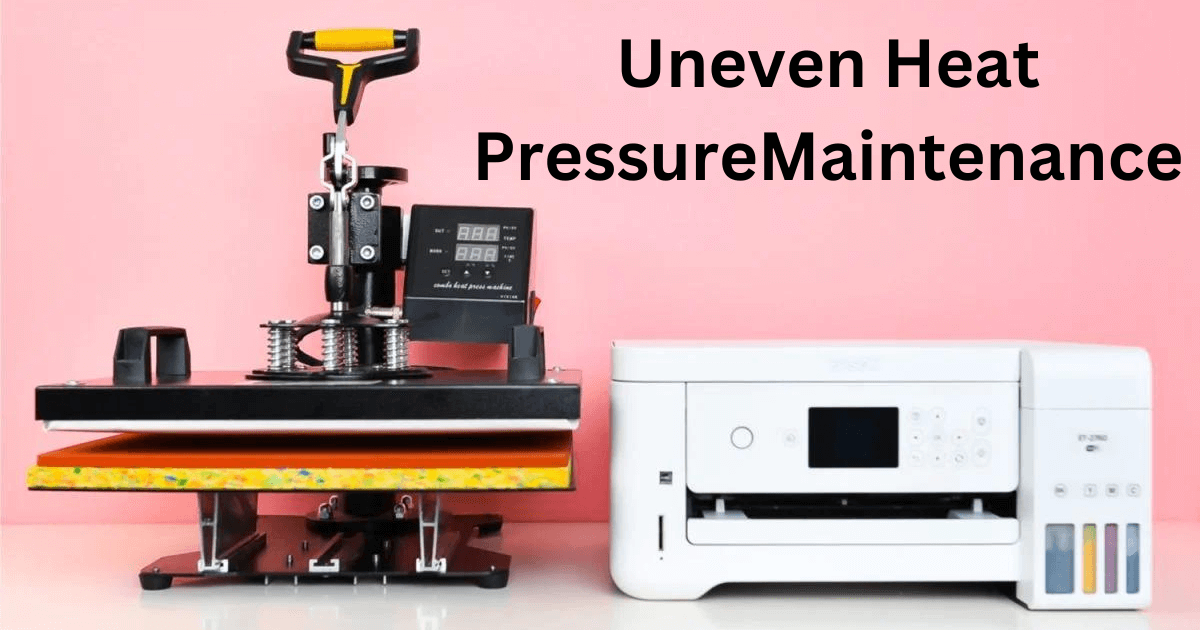
Regular maintenance and cleaning of the heat press machine
To prevent uneven heat pressure in sublimation printing, it is crucial to perform regular maintenance and cleaning of the heat press machine. Follow the manufacturer’s guidelines or user manual for recommended maintenance tasks, such as cleaning the heat platen, checking electrical connections, and lubricating moving parts. Regularly remove dust, debris, and ink residue from the machine to ensure smooth operation and prevent any potential blockages or malfunctions that can lead to uneven heat pressure.
Monitoring and replacing worn or damaged components
Worn or damaged components can contribute to uneven heat pressure in a heat press machine. Regularly inspect the machine’s components, such as the heat platen, pressure knob, springs, and wiring, for any signs of wear, tear, or damage. If any components are found to be faulty or worn out, promptly replace them with new ones to maintain consistent heat pressure. Regularly monitoring and replacing worn components ensures the machine operates optimally and minimizes the risk of uneven pressure during sublimation printing.
Proper handling and storage of heat press accessories
Proper handling and storage of heat press accessories, such as heat-resistant pads, cover sheets, and Teflon sheets, can contribute to maintaining even heat pressure. Ensure these accessories are kept clean and free from debris, as any particles or stains can interfere with the heat distribution and result in uneven pressure. Store these accessories in a clean and dry environment, away from direct sunlight or extreme temperatures, to prevent any potential warping or degradation.
Educating operators on correct usage and maintenance procedures
Proper training and education of heat press machine operators are essential to prevent uneven heat pressure. Educate operators on the correct usage of the machine, including proper substrate placement, setting the appropriate pressure, and maintaining even pressure distribution. Provide training on regular maintenance procedures, cleaning techniques, and the importance of component inspection. By ensuring operators have the necessary knowledge and skills, you can reduce the risk of human error and promote consistent heat pressure during sublimation printing.
Related: Sublimation Paper Types
Advanced Techniques for Achieving Consistent Heat Pressure
Using heat-resistant materials and heat distribution tools
To achieve consistent heat pressure in sublimation printing, consider using heat-resistant materials and heat distribution tools. Heat-resistant materials, such as silicone pads or Teflon sheets, can help evenly distribute heat across the substrate and reduce the risk of hotspots. These materials provide a buffer between the heat platen and the substrate, ensuring more consistent pressure and heat transfer.
Employing heat tape or heat-resistant adhesive to secure the substrate
Uneven substrate placement can lead to uneven heat pressure. To address this issue, use heat tape or heat-resistant adhesive to secure the substrate firmly in place on the lower platen. This ensures that the substrate remains flat and doesn’t shift during the heat transfer process, resulting in more even pressure distribution and consistent print quality.
Utilizing heat-resistant spacers or shims to even out pressure
In some cases, the heat press machine may have areas where pressure is not evenly distributed. Utilizing heat-resistant spacers or shims can help compensate for these variations. Place these spacers or shims strategically in areas where pressure is lower, such as the corners or edges of the heat platen. This technique helps distribute the pressure more evenly across the substrate, resulting in consistent heat pressure and better print quality.
Exploring heat press accessories designed for heat pressure consistency
There are various heat press accessories available in the market that are specifically designed to ensure consistent heat pressure. These accessories, such as pressure equalizer pillows or foam pads, are placed strategically under the substrate to help distribute the pressure more uniformly. They compensate for any variations in the heat press machine, ensuring a consistent and even pressure across the entire print area.
FAQs

I’m Derrick Flora and I am the owner of Printangles.com. I am the father of 2 angles and 1 boy and I am 37 years old. I had done Bachelor in Fashion and Textile Studies from FIT State University of New York. It’s been 7 years since when started the sublimation business. I sublimated mugs, t-shirts, canvas, and many more. And we have analyzed some things that beginners don’t apply the actual strategies to complete the project. And those strategies are making your sublimation better onto the material. What do beginners do, they just buy the sublimation printer and the heat press without knowing about them.


